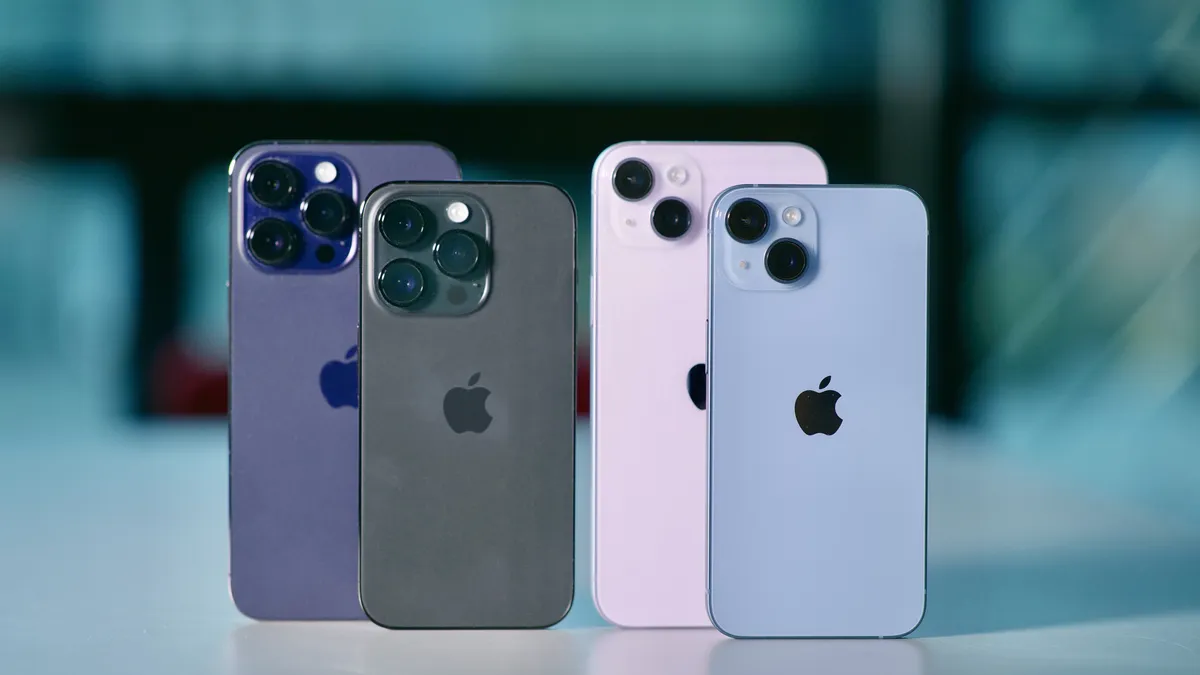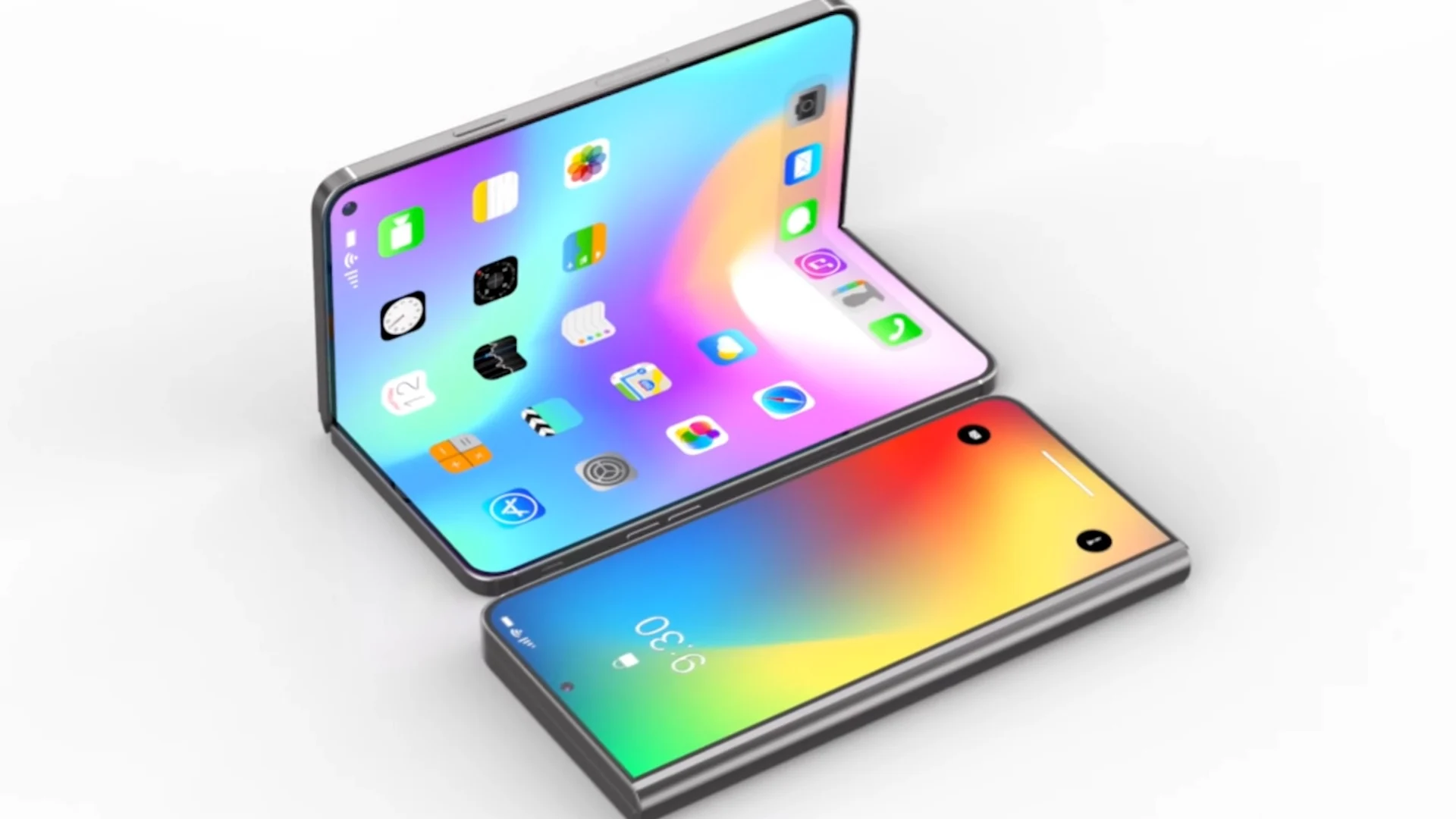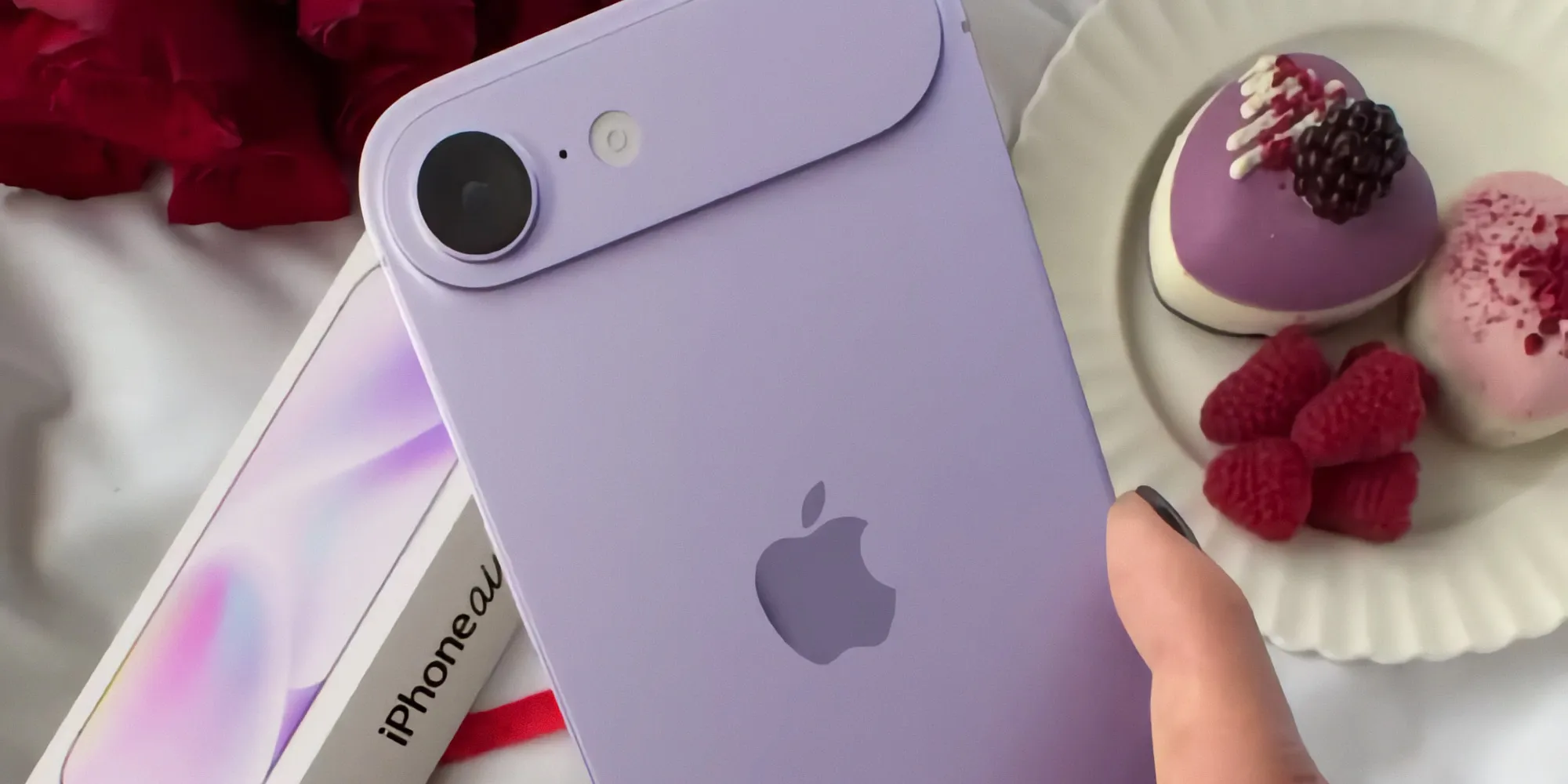Apple enthusiasts in most European Union countries woke up to a surprise this morning: the iPhone 14, 14 Plus, and SE (3rd generation) are no longer available on the official Apple online store. This sudden shift comes on the heels of a new EU regulation that mandates all smartphones sold after December 28th, 2024, to use a USB-C port for wired charging.
These three iPhone models, unlike their newer counterparts in the iPhone 15 and 16 series, rely on Apple’s proprietary Lightning port. To comply with the new regulation, Apple had two choices: update the existing models with a USB-C port or remove them from the market entirely. It seems they opted for the latter.
The impact is far-reaching. Austria, Belgium, Denmark, Finland, France, Germany, Ireland, Italy, the Netherlands, Spain, Sweden, and most other EU countries no longer list the affected iPhones on their Apple online stores. Switzerland, which participates in the EU’s single market, is also affected.
This isn’t just about new models – the regulation applies to all iPhones placed for sale after the deadline, regardless of age. So, while you might find some leftover stock at Apple Stores and Authorized Resellers in the coming days, it’s likely to be a case of “first come, first served.”
But fear not, iPhone SE fans! Rumors suggest Apple might introduce a fourth-generation iPhone SE with a USB-C port as early as March 2025, meaning its return to European shores shouldn’t be a long wait.
For the iPhone 14 and 14 Plus, the story’s a bit different. Industry experts believe these models were nearing their natural discontinuation point anyway, perhaps planned for September 2024. The EU regulation simply accelerated their exit by about nine months.
The news first broke earlier this month by French website iGeneration.fr, highlighting the domino effect regulations can have on global tech giants. While Apple might not be thrilled about the change, it paves the way for a more standardized charging experience for European consumers. Only time will tell how this shift will impact the future of smartphone design and user experience.







